The 4 Most Important Things to Know About Artificial Turf Backing
April 28, 2022
Synthetic grass is prevalent in today’s market, and it’s no surprise—you get the feel and look of natural grass without the high maintenance costs.
When looking for artificial turf, it’s easy to get swayed by what looks good. However, we all know that it isn’t right to judge a book by its cover. You need to look beyond your synthetic turf’s appearance to ensure you’re getting what you need.
Many things go into artificial grass, and synthetic turf backing plays an integral part in your decision-making process. In this post, we will discuss what you need to know about synthetic turf backing.
The Materials Used for Artificial Grass Backing
Knowing what the backing is made out of will give you a better idea of how the artificial turf will hold up in the long run. Normally, artificial grass backing material has two layers. The primary backing is a nonwoven textile, usually made out of polypropylene.
The nonwoven textile is a crucial factor to consider when picking out your artificial grass. In a last-ditch effort to reduce costs, some synthetic turf manufacturers will use a lower grade of nonwoven textile. This can result in premature backing issues and lead to more costs in the long run.
The other layer is where the synthetic fibers are sewn, made from latex or polyurethane. It holds everything together and gives the grass rigidity to ensure it stays in position. Top-of-the-line artificial turf will have a latex or polyurethane backing that is UV-resistant and anti-static.
The Importance of Synthetic Turf Backing
Artificial turf backing can make or break the durability of your synthetic grass. For this reason, you want to get a synthetic grass backing that’s made of quality materials. Inferior-quality artificial grass backing can result in yarn loss, a process in which the synthetic turf fibers come off of its backing.
Over time, this issue will cause thinning and weakening of your artificial turf, unable to withstand foot traffic or excessive weight.
How Synthetic Grass Backing Drains Water
Artificial turf backing comes with perforation holes. The perforated backing is porous, and water will drain through.
This feature is often overlooked, yet it is vital in keeping your artificial turf healthy in the long run. However, synthetic grass drainage is one of the most critical aspects of the artificial grass backing that you really need to consider.
The Best Features of High-Quality Artificial Turf Backing
A quality artificial turf backing is one that is going to last. Depending on where you get your synthetic turf, you might not know what the quality of the backing is. Some of the most important things that make a good quality backing include:
- Durability
- Ability to drain water
- Resilience
- Thickness
- Weight
Today, many people have decided to opt for artificial grass due to the fact that it’s easier to maintain and doesn’t require constant care. A good quality artificial turf backing will make your life easier in the long run.
Synthetic Grass Warehouse Reno offers a wide range of artificial turf and other products you can use to beautify your property. We have trained professionals who can answer all your questions and help you choose the right turf for you. Get the SGW experience today; contact us at (800) 651-3718.







